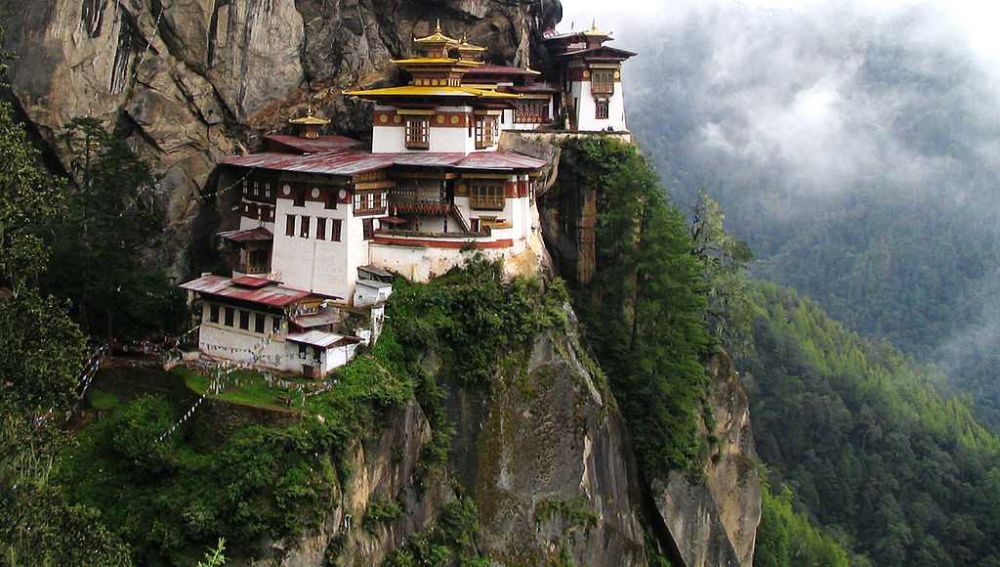

The Tiger's Nest Monastery, also known as Paro Taktsang, is not only a significant sacred site in Bhutan but also a symbol of the country's identity. This breathtaking monastery, perched on the edge of a cliff 900 meters above Paro Valley, has a history steeped in legend and spirituality.
According to Bhutanese tradition, Guru Rinpoche, also known as Padmasambhava, who is credited with introducing Buddhism to Bhutan, flew to this location on the back of a tigress from Tibet. He meditated in a cave here for three years, three months, three weeks, three days, and three hours in the 8th century. The site has been considered sacred ever since, and many pilgrims trek here to visit the caves where Guru Rinpoche meditated.
The monastery was first built in 1692. It has been a pilgrimage site for locals for centuries, but it was only with Bhutan's careful opening to foreigners in 1974 that the Tiger's Nest began attracting tourists. Tourism in Bhutan is closely monitored under a policy of high-value, low-impact tourism to avoid the negative effects of mass tourism.
In 1998, a fire severely damaged the monastery. Restoration work has been careful to maintain the integrity and style of the original architecture. International and local communities contributed to the repair to preserve this important symbol of Bhutanese cultural and spiritual heritage.
Tourism to the Tiger's Nest has been growing, albeit within the constraints set by the Bhutanese government. Tourists must usually visit as part of a pre-arranged package or guided tour. In recent years, sustainable and culturally respectful tourism has become increasingly important.
The global COVID-19 pandemic had a significant impact on tourism worldwide, and Bhutan was no exception. Bhutan closed its borders to tourists, but as the world recovers, it is reopening with renewed emphasis on sustainability and wellbeing, potentially impacting future visits to the monastery.
Visitors to Tiger's Nest must endure a challenging hike that takes around two to three hours to ascend. Despite the physical effort, the journey offers spiritual reward, stunning landscapes, and a greater appreciation for Bhutan's natural beauty and cultural richness. Although still primarily a place of pilgrimage, the Tiger's Nest Monastery remains one of Bhutan's most visited, photographed, and revered attractions, encapsulating the deeply ingrained respect for tradition and harmony with nature that is characteristic of Bhutan.